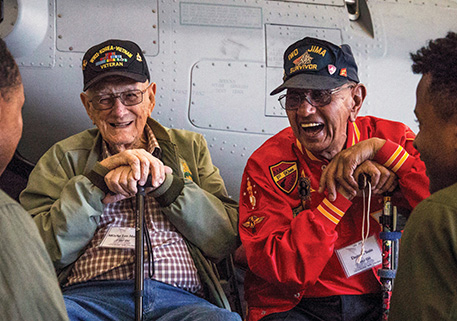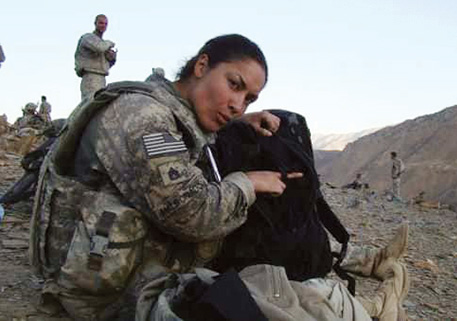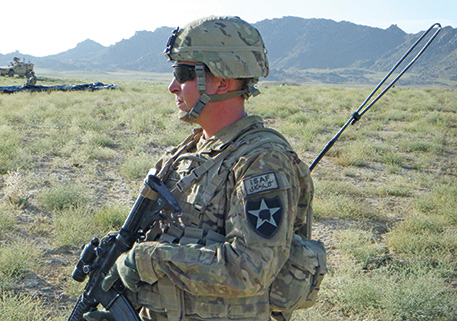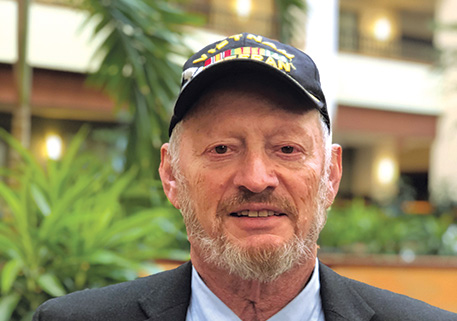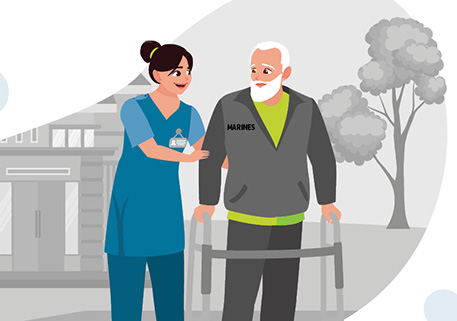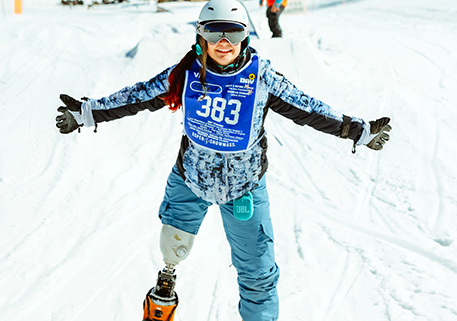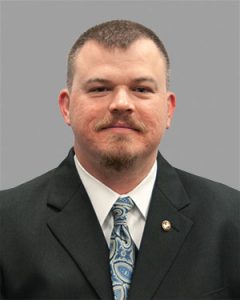
The path to a successful local volunteer program starts with a smile and a handshake.
The relationships you cultivate through personal interactions are going to contribute greatly to making a difference in the lives of veterans.
That may seem obvious and perhaps trivial, but here’s a sobering fact to think about: Volunteering is down in the United States, according to the most recent Gallup findings. This means that there’s a smaller pool of people available to organizations that depend on volunteers to accomplish their mission.
With time being someone’s most precious resource and so many organizations vying for it, it’s imperative that we demonstrate to potential volunteers the impact they can make by volunteering with DAV. They want to see the return on investment from the time they give.
The great thing about DAV is the variety of opportunities available to volunteers. There’s a place for everyone here—veteran or not—and we can use peoples’ individual gifts, talents and desires to make a difference in veterans’ lives.
We need drivers for our Transportation Network. We need people willing to volunteer at Department of Veterans Affairs medical centers to fill myriad roles. Your departments and chapters are doing all sorts of veteran outreach events and service projects regularly that require the time and talents of volunteers.
A good volunteer program is built over time, and won’t happen by passively waiting for people to reach out to you. Simply making a post online asking for help will get lost in the noise of social media. People won’t always react to that letter to the editor you submitted to your local paper.
As DAV leaders in your community, you own this mission. You must be the face of DAV in your community and establish personal relationships with as many people as you can. People are more inclined to help people they know.
Face-to-face contact and relationship development are especially important when working with VA medical center volunteer coordinators. DAV volunteer representatives and their deputies must be willing to regularly engage in-person with their contacts at the VA, because without that strong relationship, our efforts at the local VA level can fail.
We must continue to strive to stand out among veteran service organizations. DAV was founded to serve veterans, and a strong volunteer program demonstrates that.
My challenge to you is to reignite relationships with contacts in your community. If the Transportation Network in your area is lacking support—either from the VA side or the volunteer side—go make face-to-face meetings with the people who can impact change.
When you’re out using your membership hot lists to recruit new members, talk about the volunteer opportunities your chapter offers. But also remember that people don’t have to be members to volunteer on behalf of DAV. Anyone with a heart to serve our nation’s veterans has a place. We need a variety of talents and skills—even if it’s just for an hour once a month.
One final thought is to actively seek out younger generations. As our membership population ages, we need to make sure we’re bringing in people to carry on the legacy our founders established. We have great opportunities, like the DAV Scholarship program, that offer some incredible incentives for younger volunteers.
How can we help you? We have resources like VolunteerForVeterans.org to support your efforts. We can help you leverage local media to highlight the needs and create brand awareness. We can also talk to you about best practices and provide talking points.
While we will do all we can to support you, don’t forget the most powerful, impactful tool to recruit volunteers is you. Your compassion, genuineness and gratitude will come across when you talk with people and share DAV’s needs. People will respond and veterans will benefit.

